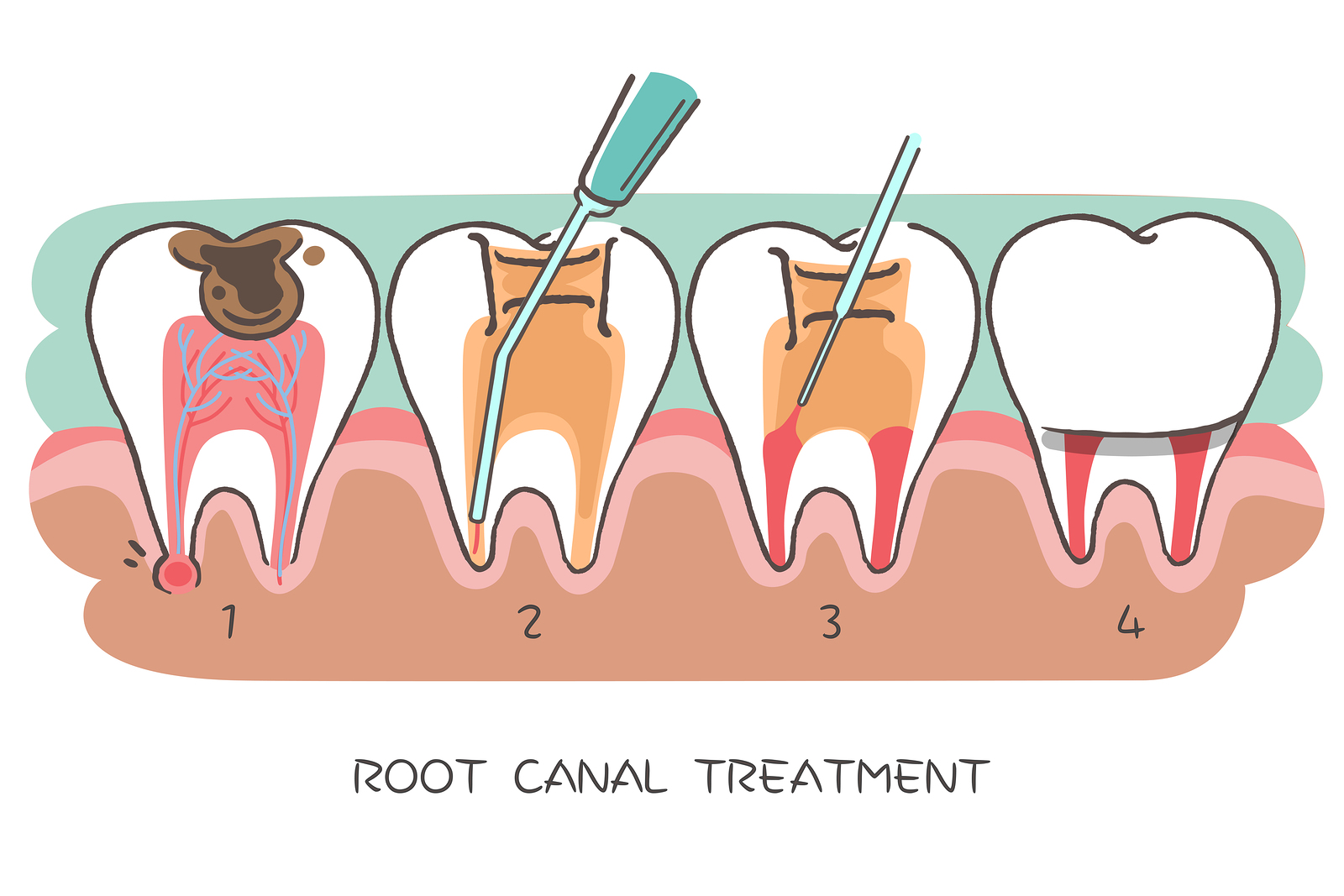Root Canal Procedure
Root Canal Procedure
Root Canal Procedure in San Jose and Sunnyvale
Root canal treatment is something most people hold a fear against. It is the last thing that most dental patients consider as a treatment, as people believe that it’s the most painful measure they can undergo. But fortunately, with advancements in dental technology, there have been significant upgrades in the methods and machines used for this treatment, making it more approachable for anyone.
What is a root canal?
A root canal or root canal treatment is the treatment of the pulp of the tooth that might be infected, inflamed or even dead. This pulp is a soft substance that is present in the center of the tooth that houses all the nerves, blood vessels, and other connective tissues. This extends down through the roots of the tooth and into the surrounding bone. Some of these roots have more than one root canal but all of them have at least one canal.
The correct term for a root canal is root canal treatment or endodontic treatment. This branch of dentistry deals with procedures that deal with the treatment of the nerves. This problem can be treated by both a general dentist or an endodontist, depending on the problem.
When the root canal is treated, the pulp of the tooth is removed. This is followed by the sealing of all the canals and pulp chamber of the tooth to prevent bacteria from entering.
Who needs a root canal?
A root canal treatment is usually done to repair or save a very badly damaged or infected tooth. This implies that only when the tooth is damaged beyond the point that normal procedures won’t help the patient, dentists will recommend a root canal.
The treatment basically involves removing the pulp, cleaning and disinfecting it and then filling and sealing it. The most common causes of a damaged pulp are a cracked tooth, a deep cavity, repeated dental treatment to the tooth or good old trauma.
What is the procedure?
Depending on the clinic or specialist you are consulting, the procedure for a root canal can vary slightly. But the following are the main milestones in every root canal treatment:
- X-ray: This is usually the detection phase where a dentist checks whether or not you need a root canal. The dental practitioner will first take X-rays or examine existing X-rays to show where the infection/decay is located.
- Anesthesia: A local anesthesia is administered to the affected tooth to prevent any discomfort during the procedure. Contrary to popular belief, a root canal is no more painful than a regular filling.
- Pulpectomy: This is the step where an opening is made in the tooth and the diseased tooth pulp is removed.
- Filling: the roots that have been opened are filled with gutta-percha material and sealed off with cement.
Dr. Rita Mitbavkar has a state-of-the-art dental practice, UniSmile Dental, in Sunnyvale and San Jose, California. Give us a call at 408-226-1600 or 408-732-5300 to discuss the root canal!
